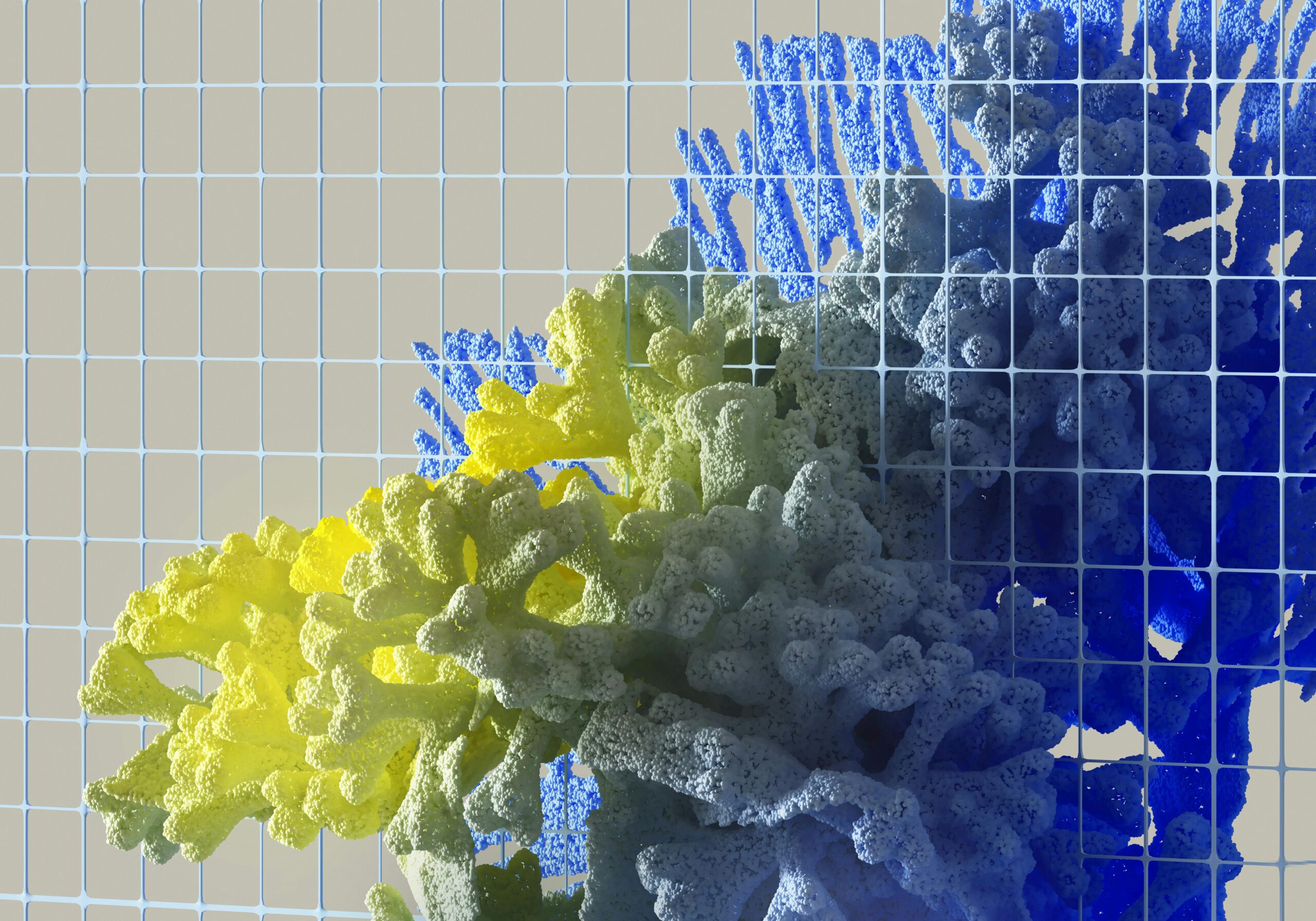
In the rapidly evolving landscape of artificial intelligence (AI), the need for ethical AI governance has become paramount. As AI technologies continue to advance, concerns about their potential ethical implications have grown.
According to recent research by Gartner, by 2022, 85% of AI projects will deliver erroneous outcomes due to bias in data, algorithms, or the teams responsible for managing them.
Thus, establishing guidelines for responsible AI development and deployment is crucial to mitigate risks and ensure ethical practices.
Understanding Ethical AI Governance
Ethical AI governance refers to the framework and guidelines established to ensure that AI technologies are developed and deployed responsibly, considering their potential impact on society, individuals, and the environment. It encompasses various aspects, including transparency, fairness, accountability, and privacy.
Transparency and Accountability
Transparency in AI involves making the decision-making processes of AI systems understandable and interpretable by humans. It includes disclosing information about data sources, algorithms used, and the rationale behind AI-driven decisions. Accountability entails holding individuals and organizations responsible for the outcomes of AI systems, including any biases or errors.
Fairness and Bias Mitigation
Fairness in AI refers to ensuring that AI systems treat all individuals and groups fairly and without discrimination. Bias mitigation involves identifying and addressing biases present in data, algorithms, or decision-making processes to prevent unfair outcomes.
Privacy and Data ProtectionPrivacy concerns arise from the collection, storage, and use of personal data by AI systems. Ethical AI governance requires implementing measures to protect individuals’ privacy rights and ensuring that data handling practices comply with relevant regulations, such as GDPR or CCPA.
Human-Centered Design
Human-centered design principles emphasize the importance of considering human values, needs, and experiences throughout the AI development lifecycle. It involves involving diverse stakeholders, including ethicists, domain experts, and affected communities, in the design and evaluation of AI systems.
Regulatory Compliance
Regulatory frameworks play a crucial role in ensuring ethical AI governance. Governments and regulatory bodies are increasingly introducing laws and regulations to govern the development, deployment, and use of AI technologies, such as the EU’s AI Act or the Algorithmic Accountability Act in the United States.
Stakeholder Collaboration
Collaboration among stakeholders, including governments, industry leaders, academia, and civil society organizations, is essential for effective ethical AI governance. Multistakeholder initiatives and partnerships can facilitate knowledge sharing, best practices dissemination, and collective action to address ethical challenges in AI.
Conclusion:
In conclusion, ethical AI governance is essential to foster trust, mitigate risks, and maximize the societal benefits of AI technologies. As a leading software development company committed to ethical principles and responsible innovation, Coding Brains recognizes the importance of ethical AI governance in shaping the future of AI. By adhering to established guidelines and best practices, we ensure that our AI solutions are developed and deployed responsibly, prioritizing transparency, fairness, and accountability.
In today’s complex and interconnected world, ethical considerations must be at the forefront of AI development and deployment efforts. By establishing clear guidelines and standards for responsible AI governance, we can harness the potential of AI to drive positive change while minimizing harm and ensuring equity and inclusion for all.





